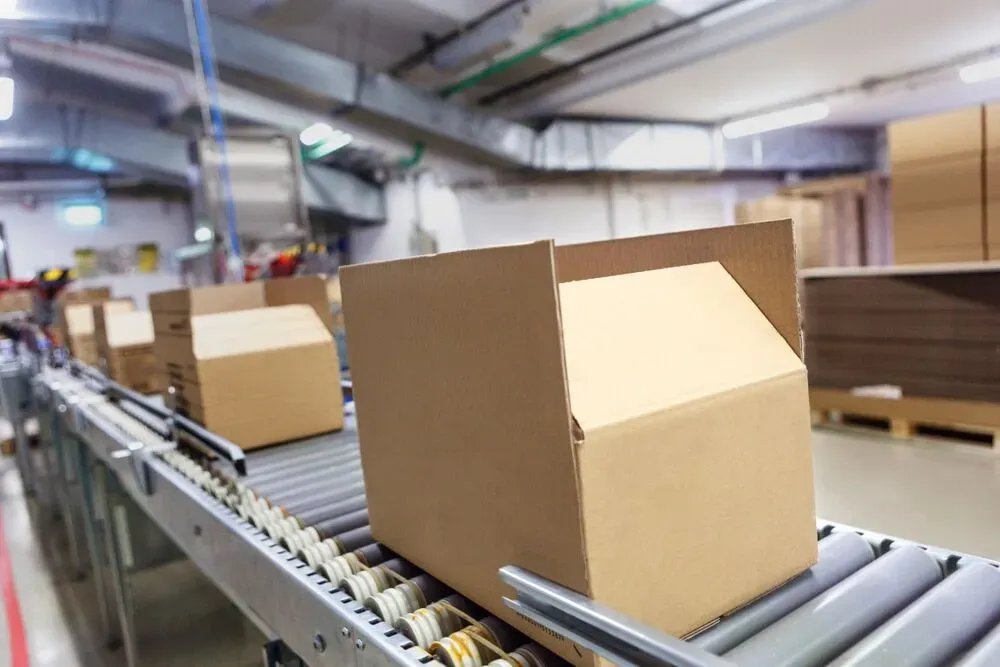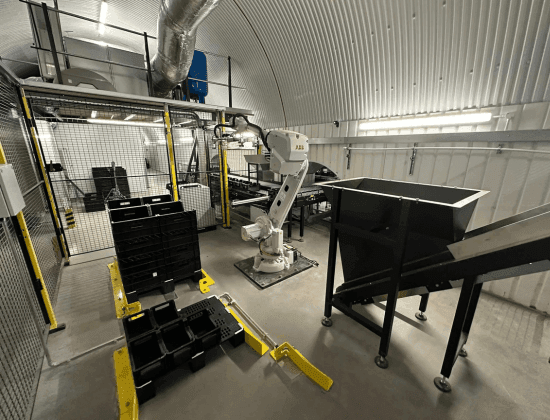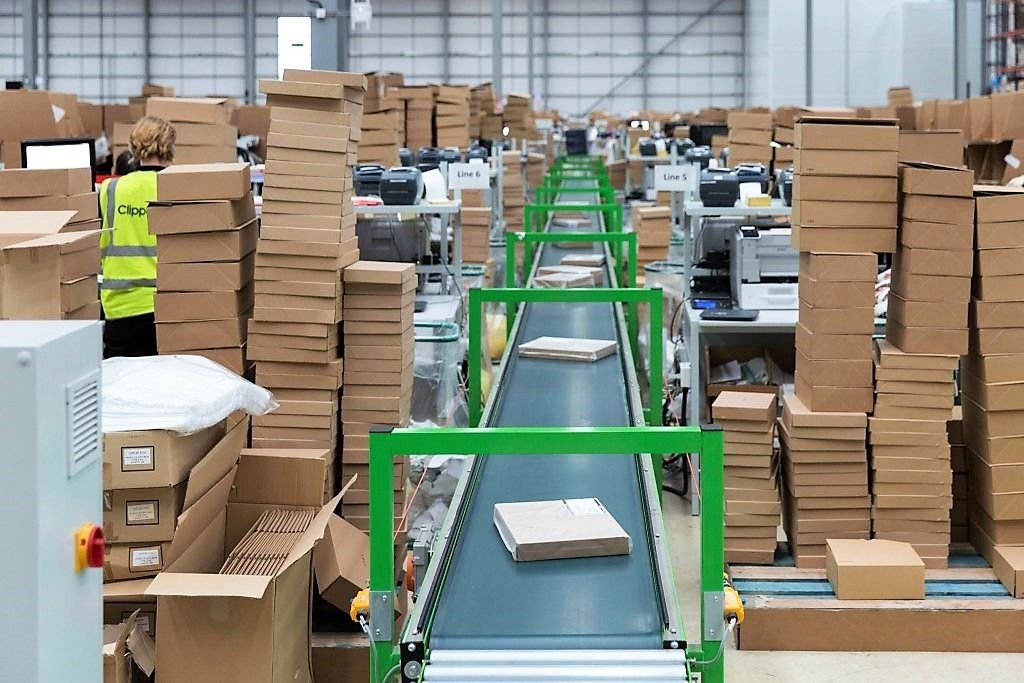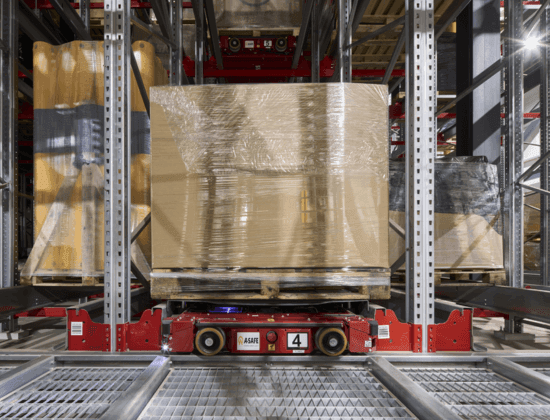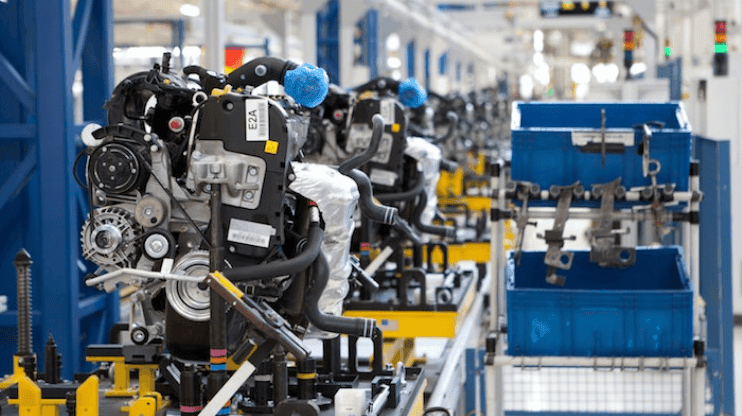Most people will guess that the goods we purchase at some point have travelled along a conveyor on their journey to our doorstep, as with most technology like electricity or gas we easily just take it for granted.
Conveyor belts can be seen everywhere now, at checkout aisles, airport security checkpoints and baggage claims, treadmills at the gym and industrial facilities. But just how did this piece of technology come about?
The exact date of the very first conveyor/pulley system is hard to define. In the same way, its definition is just as inconclusive. However, most of us today know on a basic level that it is simply a belt that transports items from one place to another mostly on assembly lines.
